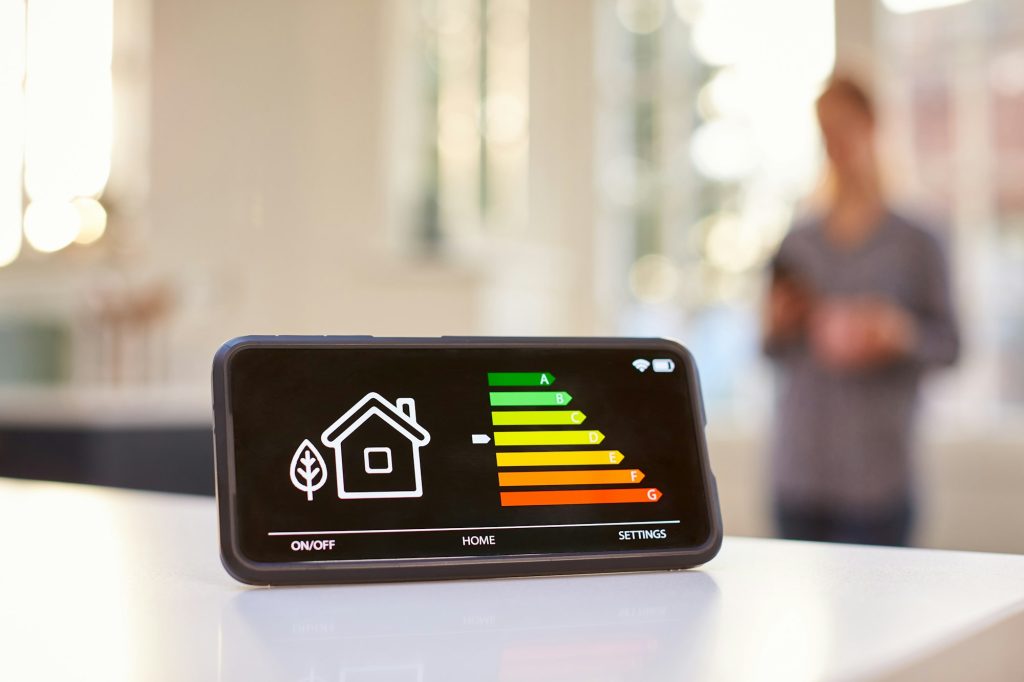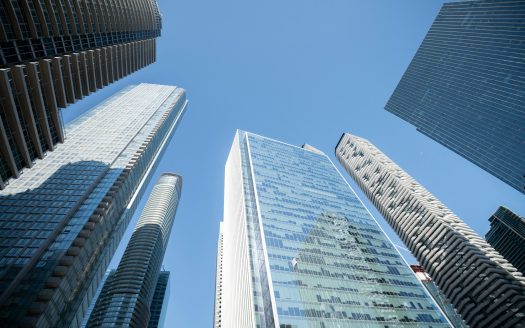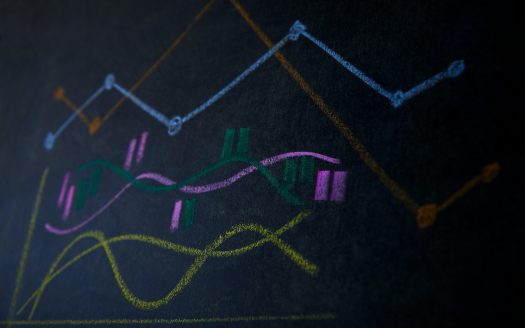Future-Forward Eco Homes: Sustainable Trends in 2024

As the world continues to prioritize sustainability and environmental conservation, the housing industry has also been evolving to incorporate more eco-friendly practices. In 2024, future-forward eco homes are leading the way in sustainable living with innovative designs and advancements in green technology. From energy-efficient features to eco-conscious materials, these homes are setting the standard for a more environmentally conscious future.
Sustainable Innovations in Future-Forward Eco Homes
One of the key sustainable innovations in future-forward eco homes is the incorporation of passive design strategies. These strategies utilize the natural elements such as sunlight, wind, and shade to regulate the temperature and lighting within the home, reducing the need for artificial heating, cooling, and lighting. This not only lowers energy consumption but also creates a more comfortable and healthy living environment for residents.
Another trend in future-forward eco homes is the use of recycled and sustainable materials in construction. From reclaimed wood and recycled glass to bamboo flooring and low VOC paints, builders are increasingly opting for materials that have minimal impact on the environment. Not only do these materials reduce the carbon footprint of the home, but they also promote a circular economy by giving a second life to materials that would otherwise end up in landfills.
In addition, future-forward eco homes are incorporating smart technology to optimize energy efficiency and reduce waste. From smart thermostats and lighting systems to energy monitoring devices and water-saving fixtures, these homes are equipped with the latest advancements in home automation. This not only helps homeowners track their energy usage in real-time but also allows them to adjust settings remotely to minimize their environmental impact.
Advancements in Green Technology for 2024
Advancements in green technology are revolutionizing the way future-forward eco homes operate. One of the most notable advancements is the integration of solar panels and battery storage systems to generate and store renewable energy on-site. This allows homeowners to reduce their reliance on the grid and lower their electricity bills while also reducing their carbon footprint.
Another green technology advancement in future-forward eco homes is the use of greywater recycling systems. These systems collect and treat wastewater from sinks, showers, and washing machines, purifying it for non-potable uses such as irrigation or toilet flushing. By reusing greywater, homeowners can significantly reduce their water consumption and lessen the burden on municipal water supplies.
Furthermore, advancements in building automation and artificial intelligence are enabling future-forward eco homes to operate more efficiently and sustainably. Smart home systems can now learn the habits and preferences of residents to adjust lighting, heating, and cooling systems accordingly, optimizing energy usage and comfort levels. This level of personalization not only enhances the living experience but also contributes to overall energy savings and environmental conservation.
In conclusion, future-forward eco homes in 2024 are at the forefront of sustainable living with innovative designs and advancements in green technology. By incorporating passive design strategies, using eco-friendly materials, and leveraging smart technology, these homes are setting new standards for energy efficiency, environmental responsibility, and overall quality of life. As the demand for sustainable housing continues to grow, these trends are shaping the future of home construction and inspiring a more sustainable way of living for generations to come.





